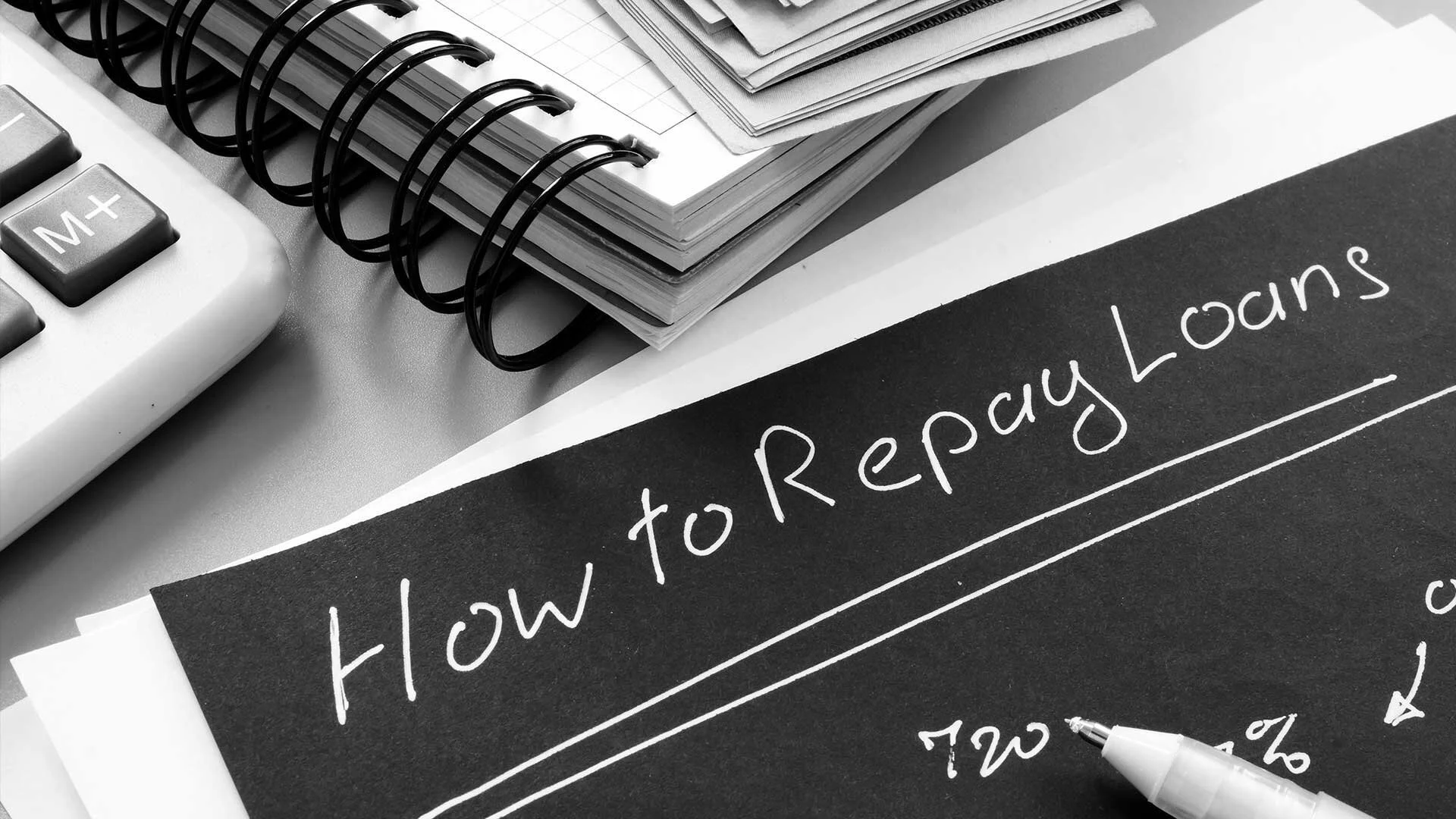Why you should consider paying principal and interest on investment loans
For many years the mortgage industry has been pushing the argument that repayments on investment property loans should be interest only (IO) for better cash flow management, and also possible tax advantages. However, I wish to present the case to you that making principal and interest (P&I) repayments can also be a good option to consider.
It seems a narrow view to me to think IO repayments are always the best option, when taking a broader view of your current circumstances, and a “best guess” of your future plans, might reveal it is not.
For example, you have a young borrower in their 20s who is happy to continue renting where they currently live (with plans to buy further down the track) but would like to buy a property now for investment purposes and has chosen to make P&I repayments.
This allows the young person to build equity in the investment property (a kind of ‘forced savings’), and over time as rents continue to rise – thereby contributing more to the repayments – the borrower will be using less of their own income on their mortgage. It’s possible that a time could come when the rent exceeds the mortgage repayments therefore not requiring any contribution from the young investor’s income at all.
This is without accounting for growth in the price of a property for future sale. While it is likely the value of the property will increase, given Australia’s property market history, it’s best not to rely solely on this; you can still grow equity in the property by paying P&I.
When considering investing in property, it’s important to have good cash holdings for potential emergencies. For example, if suddenly the water heater needs repairing or replacing, or the roof starts to leak, you don’t want to be left in a position where you can’t afford to maintain the property - which could mean selling before you can realise the equity. This is why it is important to have cash savings to cover these ‘maintenance’ emergencies.
Holding an investment property on IO repayments can definitely assist in cash flow. The lower repayment allows the rent to also cover more of the property costs. However, by only paying the interest you are never paying down the loan and gaining equity; the loan balance remains the same, and you will always be relying on the market to give you growth.
As you can see, there are advantages to both P&I and IO repayment options. I am not biased for one over the other, as I just don’t think there is one option that necessarily suits everyone. The ‘gradual’ investor might prefer P&I and not rely on the market, while other investors might prefer IO to allow them to buy more properties with their cash flow.

